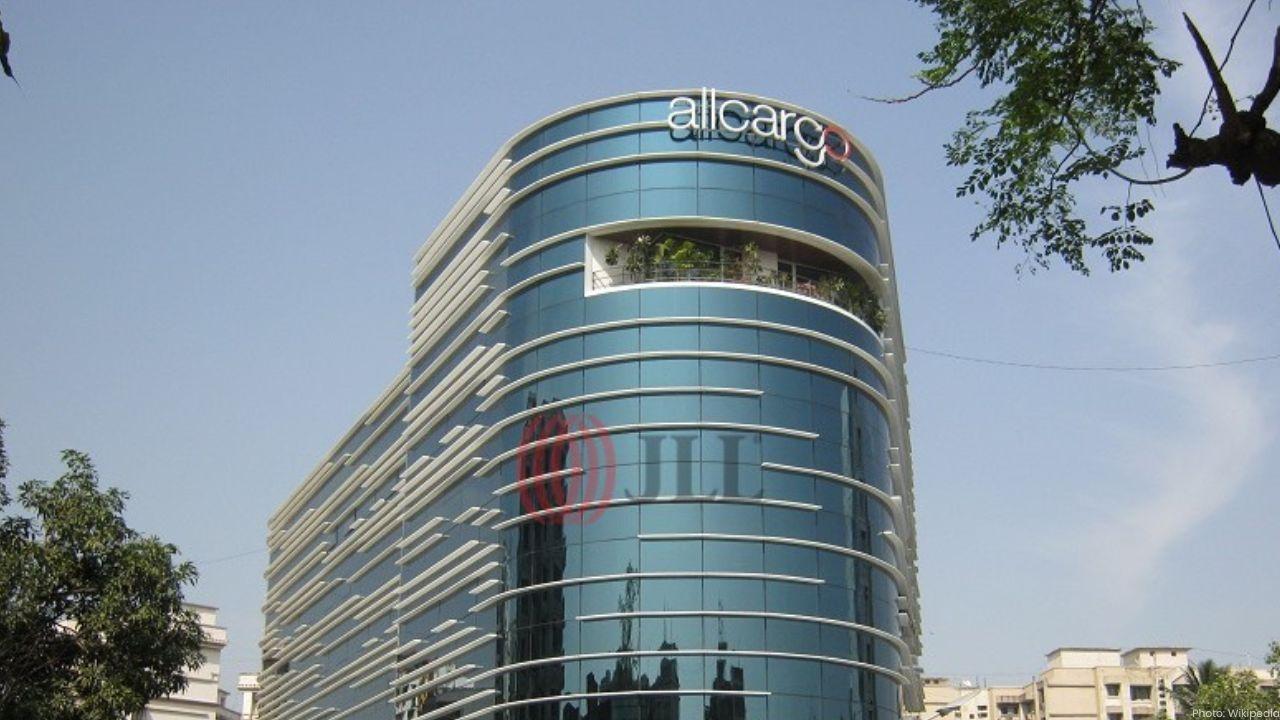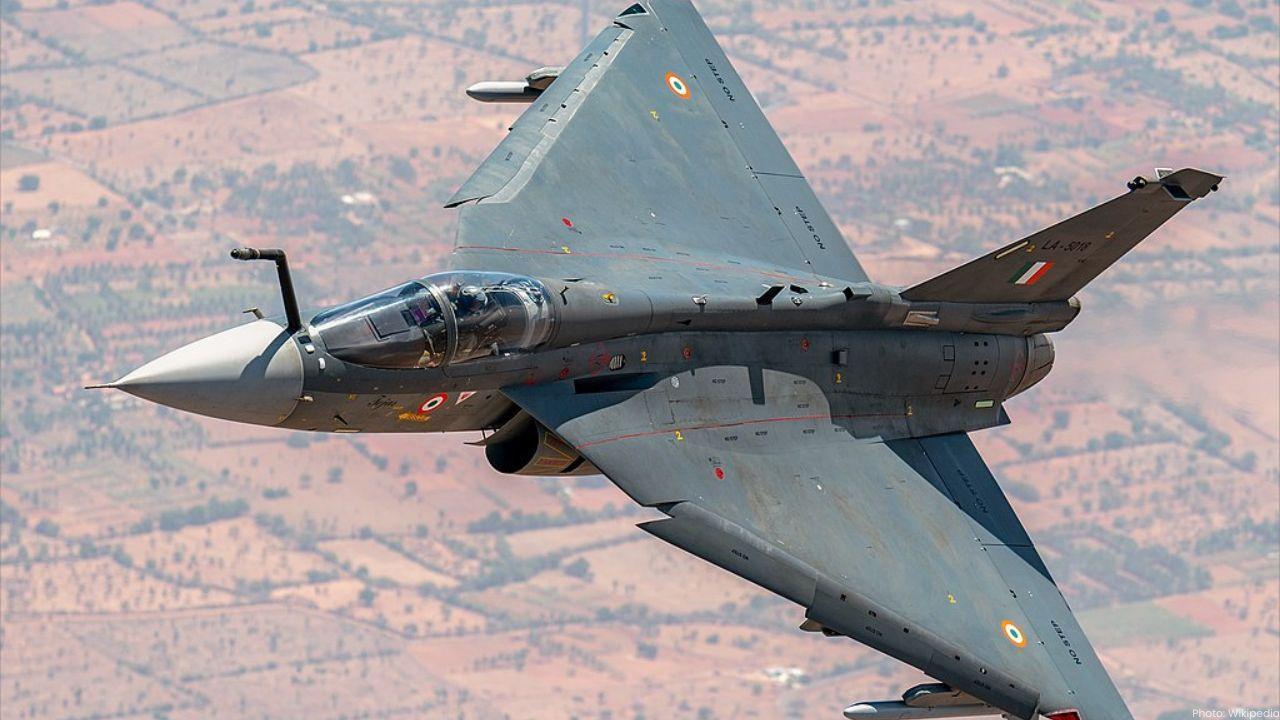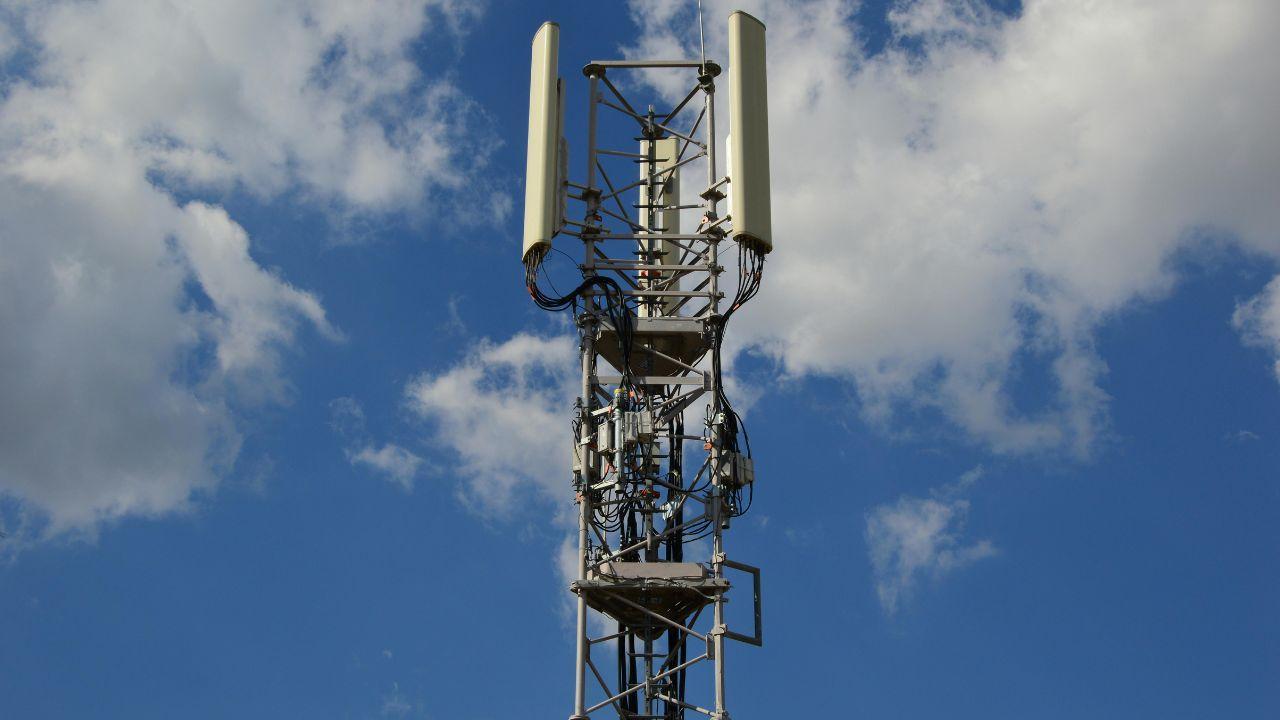
Post by : Meena Rani
Spirit Airlines, a well-known ultra-low-cost airline in the United States, is facing one of its most challenging periods in history. The airline, known for its very cheap ticket prices and extra charges for almost everything, has filed for bankruptcy for the second time within a year. This has raised serious concerns among aviation experts, competitors, and passengers.
United Airlines CEO Scott Kirby recently spoke about Spirit Airlines’ struggles, predicting that the airline may not survive the current crisis. According to him, Spirit’s business model might be failing because many customers are unhappy with the airline’s service, fees, and experience.
United CEO Comments on Spirit Airlines
During a speech at a major aerospace industry event, Scott Kirby explained that he believes Spirit Airlines is unlikely to continue operating successfully. He described Spirit as “an interesting experiment” in low-cost flying, but he also stated that the model has failed to meet customer expectations.
Kirby said, “It seems unlikely to me that Spirit can keep flying because their customers dislike the airline and do not want to fly.” His remarks highlight growing concerns in the airline industry about whether ultra-low-cost carriers (ULCCs) like Spirit can survive in a competitive market.
The History of Spirit’s Financial Problems
Spirit Airlines has faced financial troubles for several years, but the situation became critical in 2024 and 2025. The airline first filed for Chapter 11 bankruptcy protection in November 2024. This allowed Spirit to reorganize its debts and continue operations. After several months, in March 2025, Spirit emerged from bankruptcy with hopes of stabilizing its business.
However, these hopes were short-lived. By August 2025, Spirit Airlines had to file for bankruptcy again. The airline reported losing $179 million in cash in the first month after the second filing. This repeated financial failure has alarmed both investors and industry competitors.
Spirit’s Business Model Under Pressure
Spirit Airlines operates under the ultra-low-cost carrier model, which aims to provide the cheapest possible fares while charging extra for nearly everything, from seat selection to carry-on bags. While this model has allowed Spirit to attract price-sensitive travelers, it has also caused widespread customer dissatisfaction.
Many passengers complain about hidden fees, cramped seating, and limited customer service. While Spirit has tried to improve its offerings with new premium services and optional upgrades, these efforts have not yet solved the underlying issues. The airline continues to struggle with maintaining customer loyalty while managing high operational costs.
Competitors Take Advantage
Spirit’s ongoing difficulties have created opportunities for larger airlines, including United Airlines. United is now expanding its routes to cover areas that Spirit may reduce or abandon due to financial strain. This includes popular destinations such as Las Vegas, Orlando, and Fort Lauderdale.
By increasing flights to these cities, United hopes to attract passengers who are unhappy with Spirit’s services or who find Spirit flights unavailable. Industry analysts suggest that Spirit’s troubles could reshape competition in the budget airline market and allow larger carriers to regain market share.
Industry Experts Speak Out
Aviation experts note that Spirit Airlines’ situation is not unique. Many ultra-low-cost carriers face challenges in balancing low fares with high operational costs and customer satisfaction. While some ULCCs have been successful, others struggle with profitability, especially during times of rising fuel prices, inflation, and economic uncertainty.
The repeated bankruptcies and operational challenges of Spirit Airlines serve as a warning for other budget airlines. Experts say that while low-cost travel appeals to customers, airlines must still provide acceptable service and maintain financial stability to survive in a competitive market.
Customers Feel the Impact
Passengers are directly affected by Spirit Airlines’ financial problems. Flight delays, cancellations, and sudden changes in schedules have become more common. Travelers who rely on Spirit for affordable flights now face uncertainty.
Some frequent travelers have begun switching to other airlines despite higher ticket prices. This customer migration further pressures Spirit to stabilize its operations and maintain trust. Many passengers now question whether the airline can continue providing safe, reliable, and cost-effective services in the near future.
Spirit’s Response and Future Plans
Despite the criticism, Spirit Airlines’ leadership insists that the airline can recover. Company officials emphasize their commitment to providing low-cost travel and improving the overall customer experience. Plans include restructuring the airline’s network, reducing fleet size, and exploring new service options.
However, analysts remain skeptical. Rebuilding consumer trust and financial stability will require significant effort, time, and investment. The airline’s next steps in the coming months will likely determine whether Spirit can survive or face permanent closure.
What This Means for the Airline Industry
Spirit Airlines’ situation highlights broader challenges in the airline industry. Ultra-low-cost models can attract budget-conscious travelers, but they also bring risks. Financial instability, customer dissatisfaction, and strong competition from traditional airlines can threaten survival.
United Airlines and other major carriers are already adjusting their strategies to take advantage of Spirit’s difficulties. These changes may result in a reshaping of domestic air travel options, where passengers might see fewer low-cost alternatives if Spirit is unable to recover.
Spirit Airlines’ repeated bankruptcies and operational struggles serve as a major test for the ultra-low-cost carrier business model. While the airline tries to restructure and offer better services, critics, including United Airlines CEO Scott Kirby, question whether Spirit can survive in a highly competitive market.
The coming months will be critical for Spirit Airlines. Its ability to stabilize finances, maintain customer trust, and compete with larger carriers will determine whether it can continue operating or become a cautionary tale in the aviation industry.
Spirit Airlines, United Airlines, bankruptcy, ultra-low-cost carrier










GST Overhaul Triggers Massive Road Freight Surge in India
India braces for a huge spike in road freight as the GST overhaul and festive season drive consumpti

United CEO Warns Spirit Airlines May Not Survive Financial Struggles
United Airlines CEO predicts Spirit Airlines could go out of business due to repeated bankruptcies a

Allcargo Opens Panapakkam Logistics Park Near Chennai
Allcargo Supply Chain Launches Panapakkam Logistics Park to Boost Southern India Distribution with M

HAL Receives Third GE-404 Engine for LCA Mk1A Fighter Jet
HAL has received the third GE-404 engine from the U.S. for the LCA Mk1A fighter jet program, with an

GlobalLogic Ericsson Launch Private 5G at Hitachi Rail Plant
GlobalLogic and Ericsson have deployed a private 5G network at Hitachi Rail’s Hagerstown facility, e

Honda Cuts Bike & Scooter Prices by Up to ₹18,887
Honda lowers prices of bikes and scooters under 350cc by up to ₹18,887, making commuting more afford